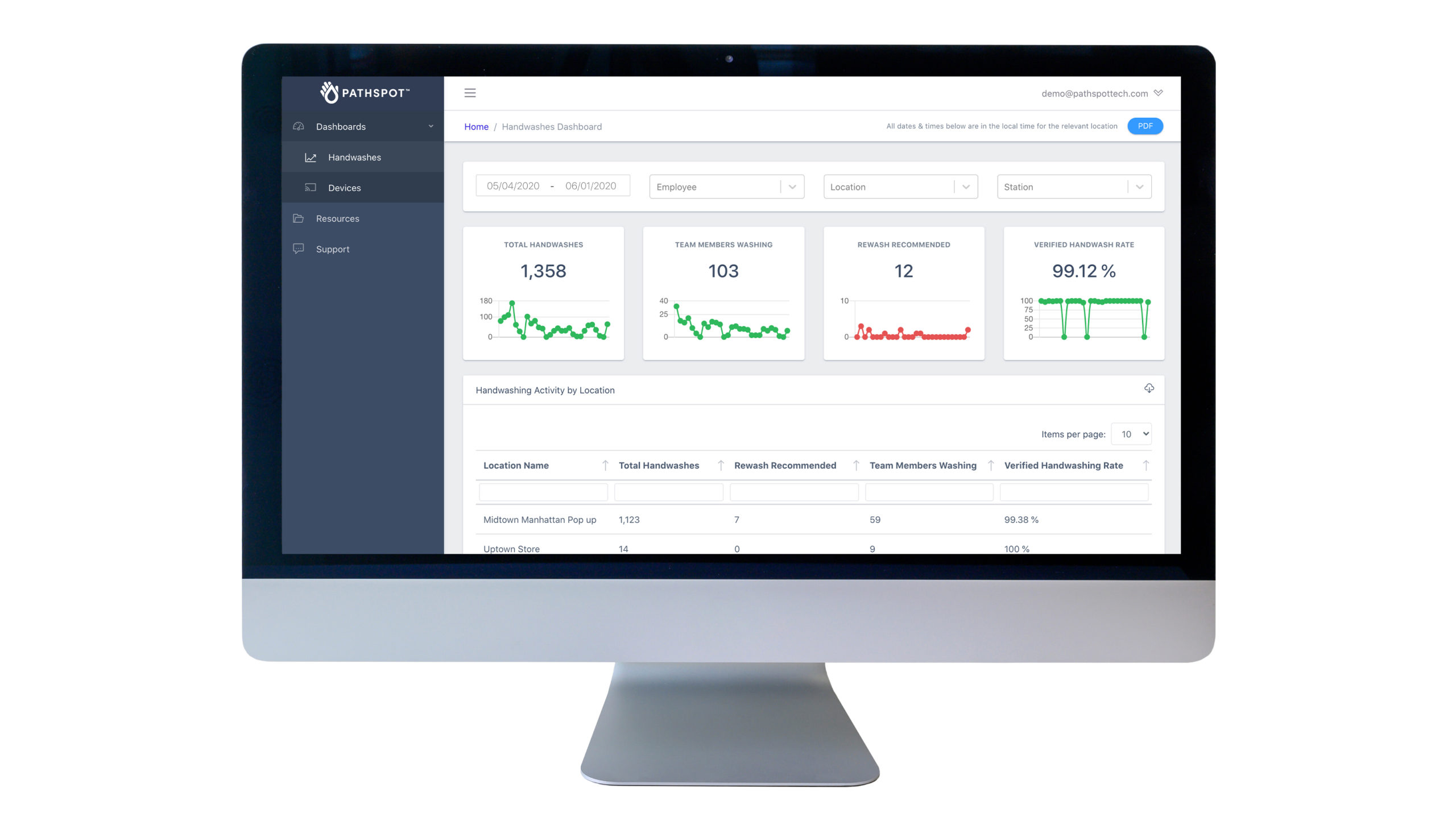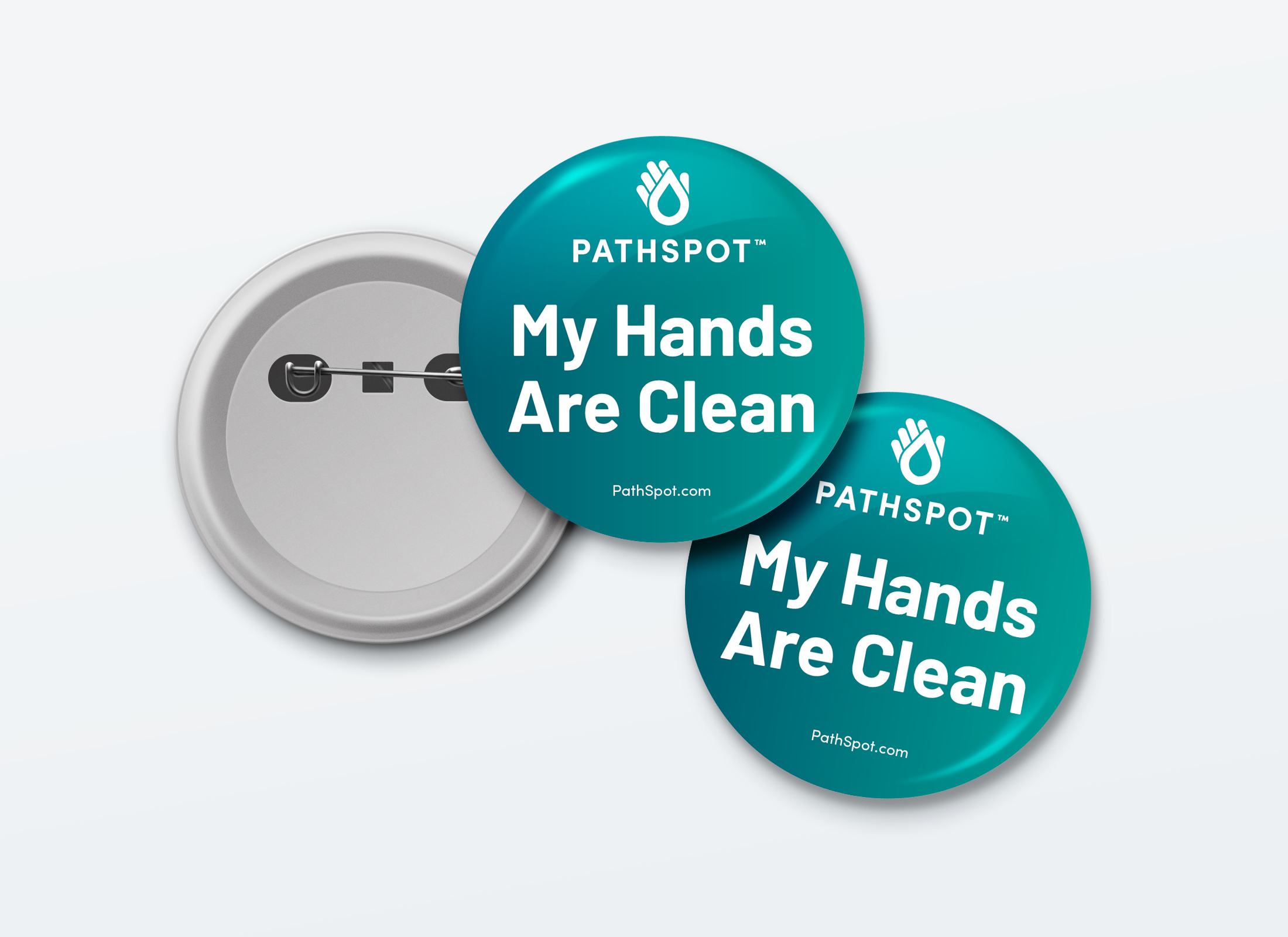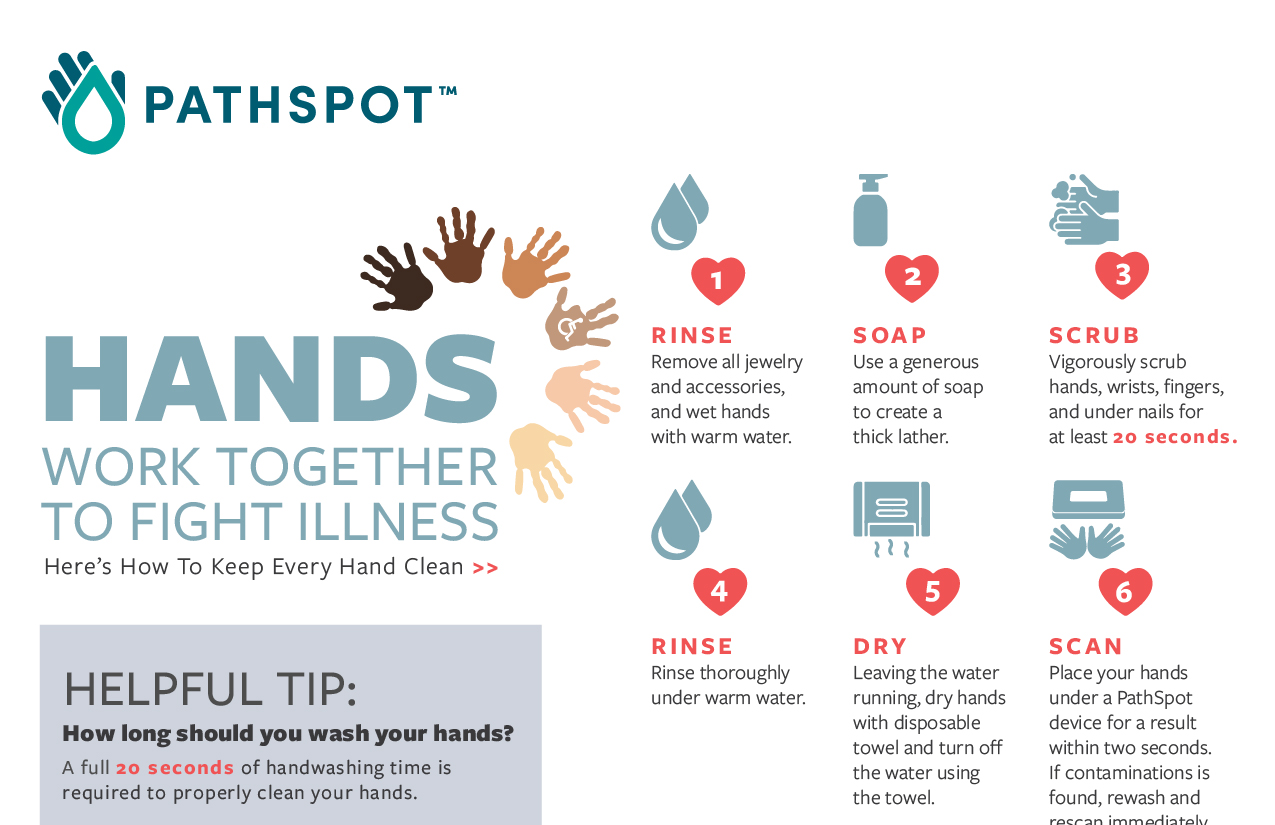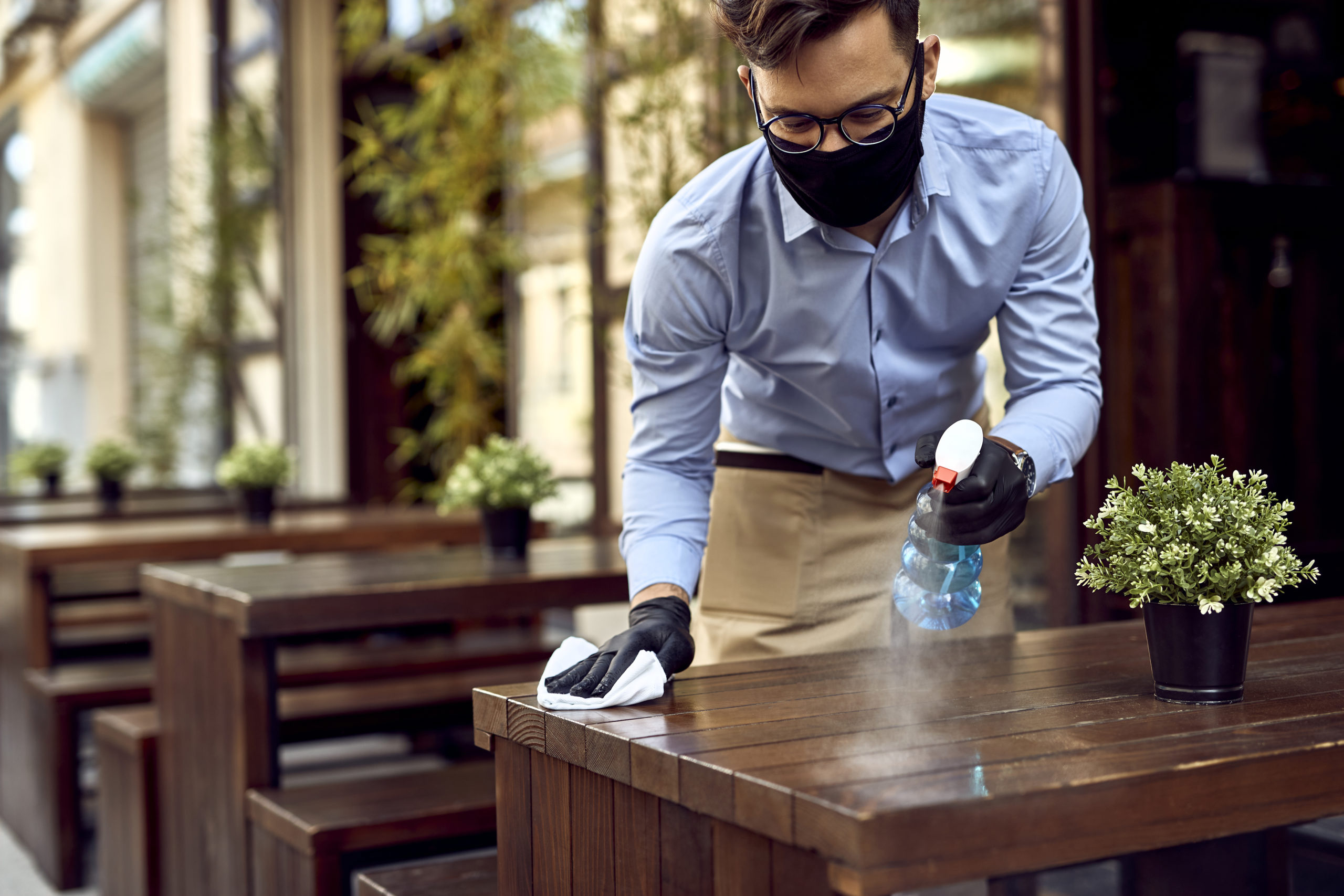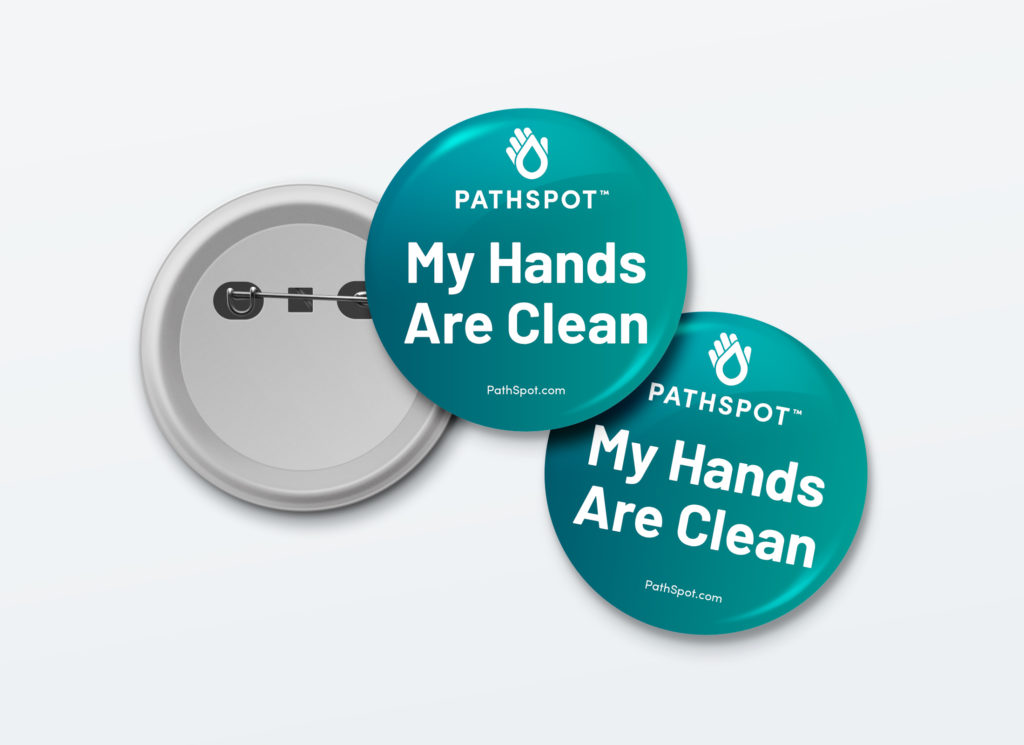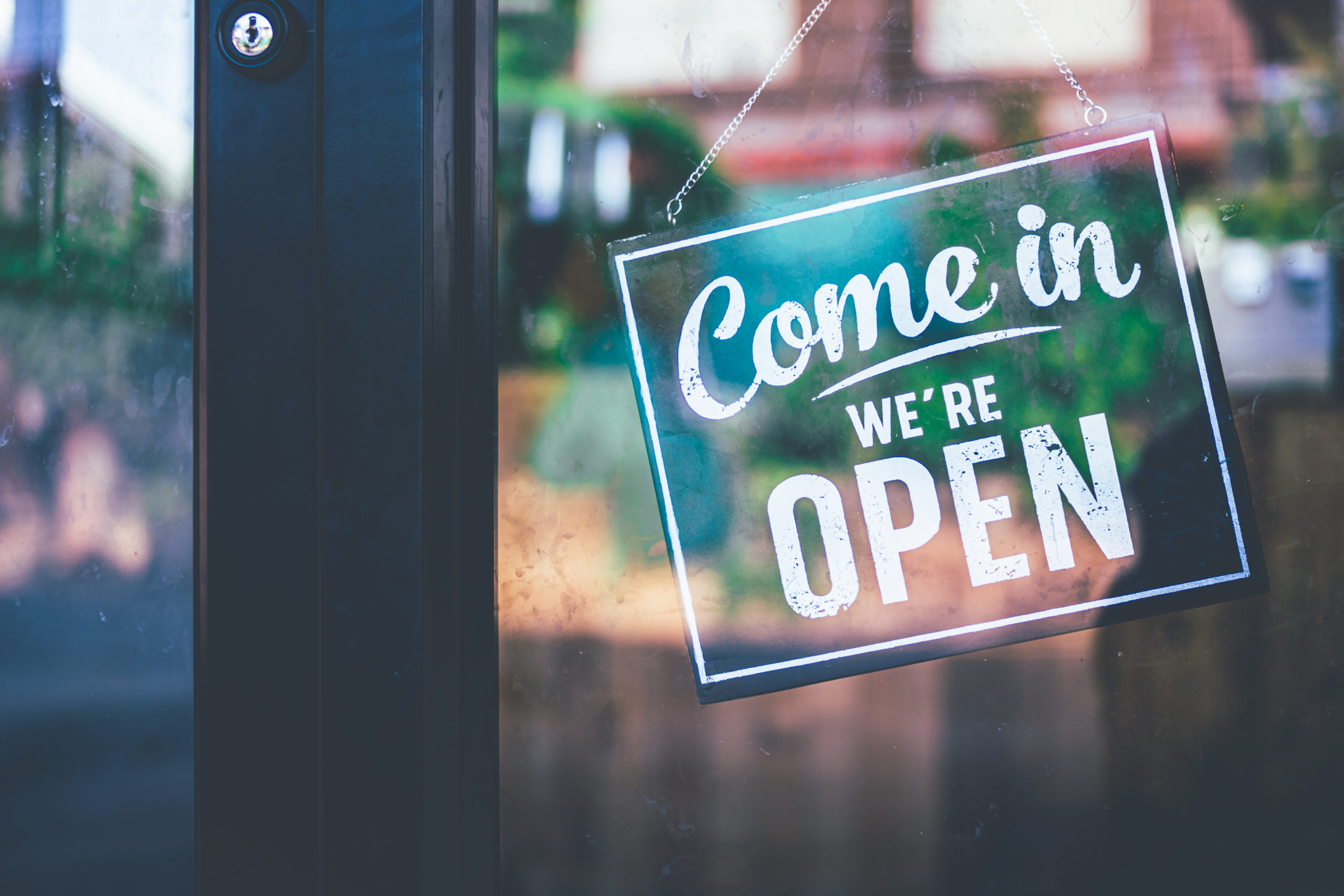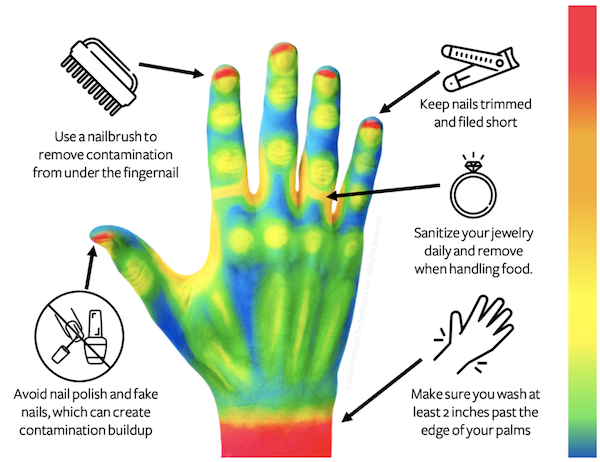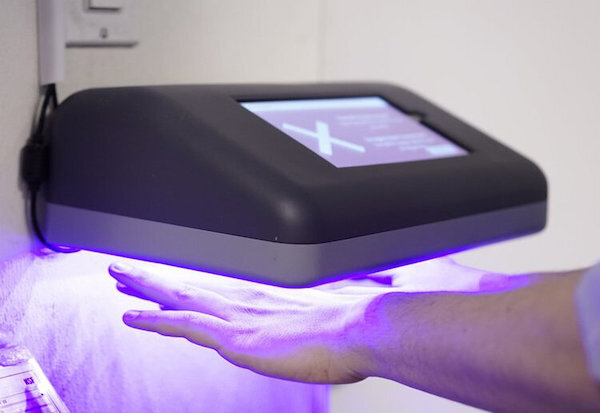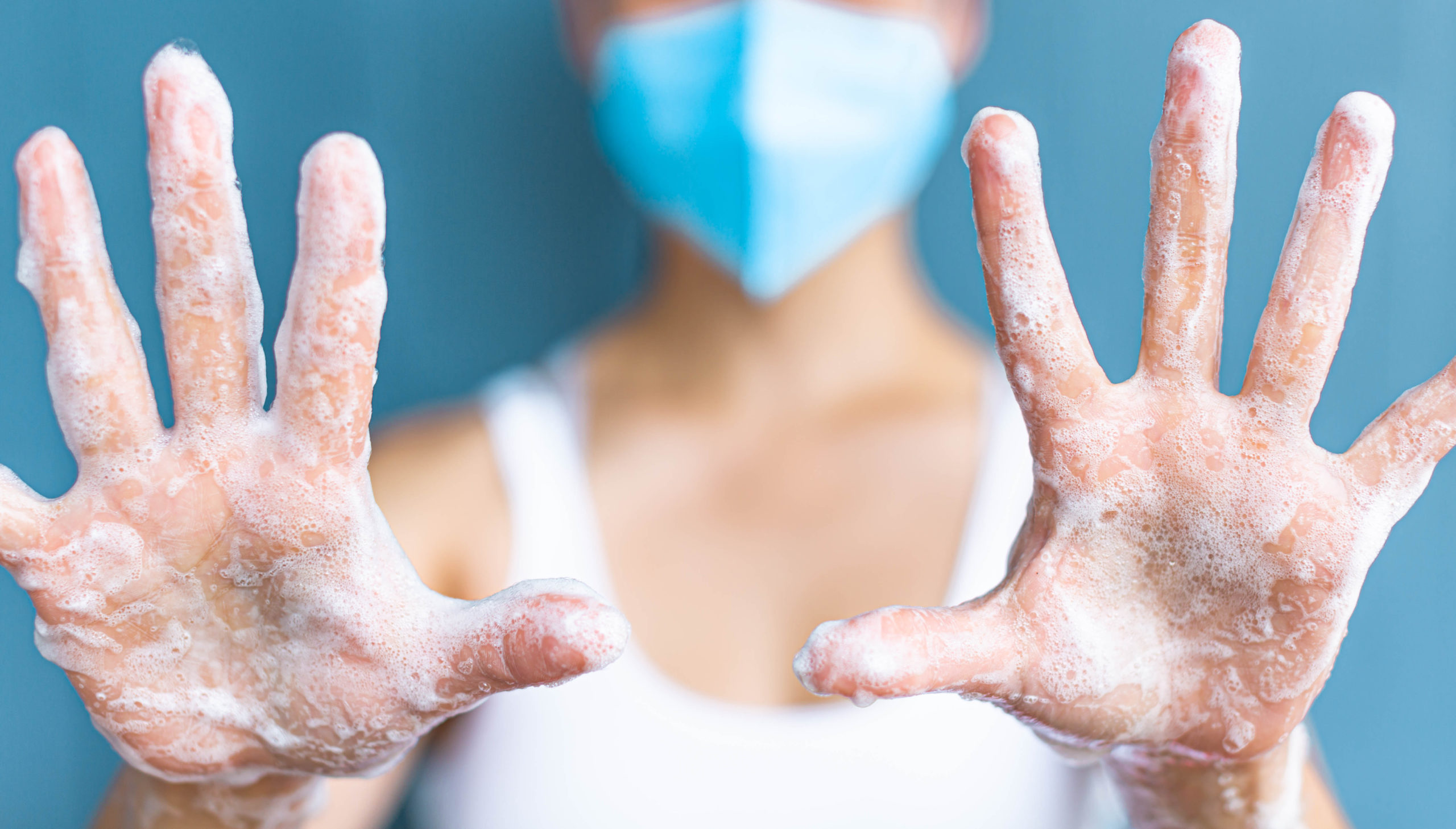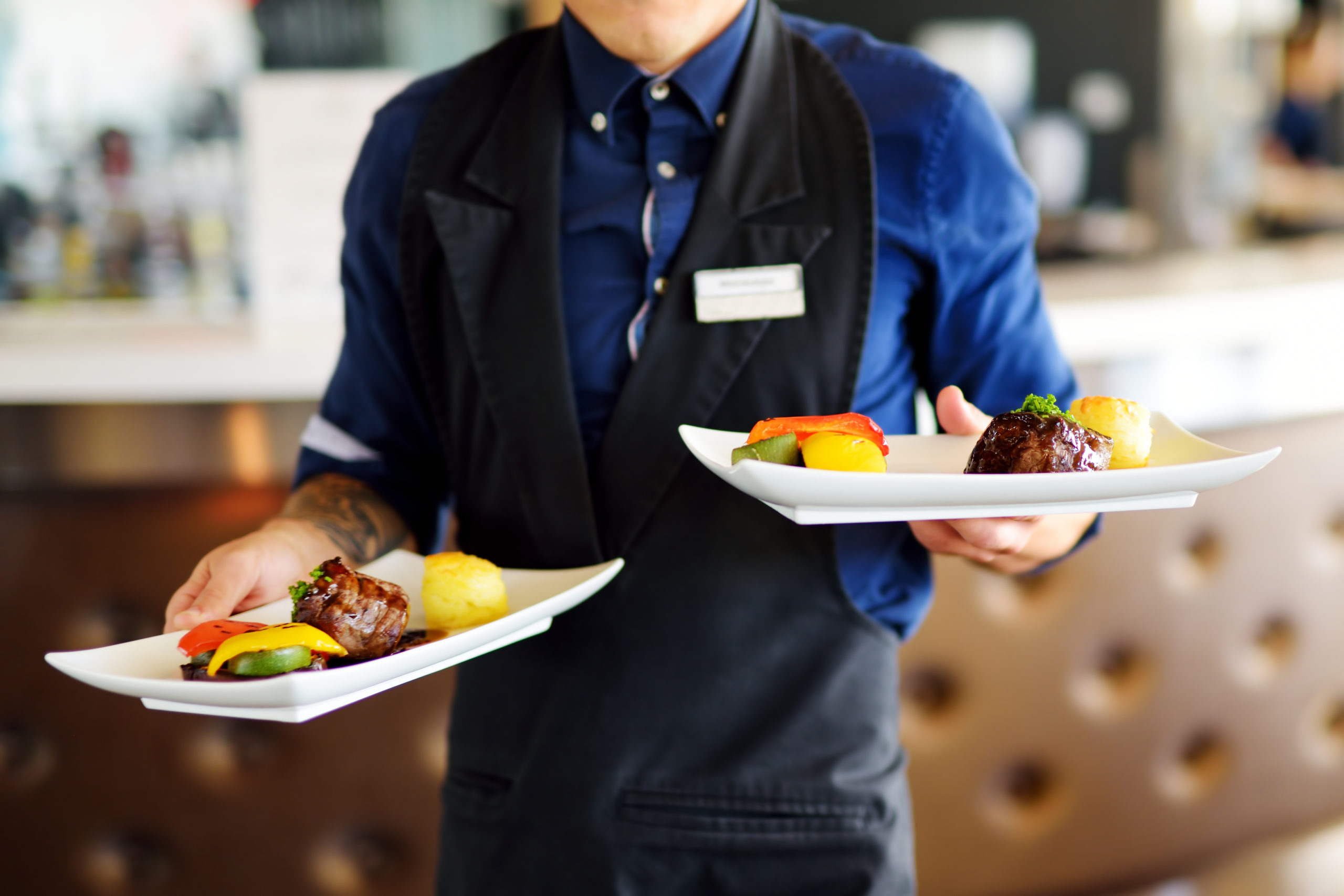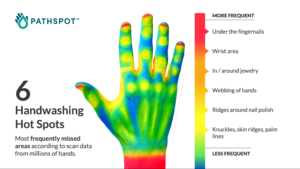Even before the outbreak of COVID-19, the food industry was evolving. However, the pandemic has demonstrated the need for a more real-time, data-driven approach to food safety, so everyone can stay safe during a crisis. To address the many challenges that the food industry is currently facing, the FDA released the New Era of Smarter Food Safety Blueprint, which represents a new approach to food safety that leverages technology for more effective and modern processes.
The blueprint is founded on four core principles.
-
Tech-enabled Traceability: Work towards leveraging new technology that can identify outbreaks and trace the origin of contaminated food quickly.
-
Smarter Tools and Approaches for Prevention and Outbreak Response: Use tools to identify when and where contamination might occur and prevent contaminated products from entering the food supply.
-
New Business Models and Retail Modernization: Prepare for emerging business models that support new ways to produce and distribute food.
-
Food Safety Culture: Improve the way businesses address food safety.
Of course, as a food safety tool that can detect contamination and provide data about hand hygiene, we’re excited by the FDA’s New Era of Smarter Food Safety. It emphasizes the need for new, technology-driven tools that prioritize public health and safety. If you’d like to explore how PathSpot can help you track and measure your handwashing, just click the button below.

